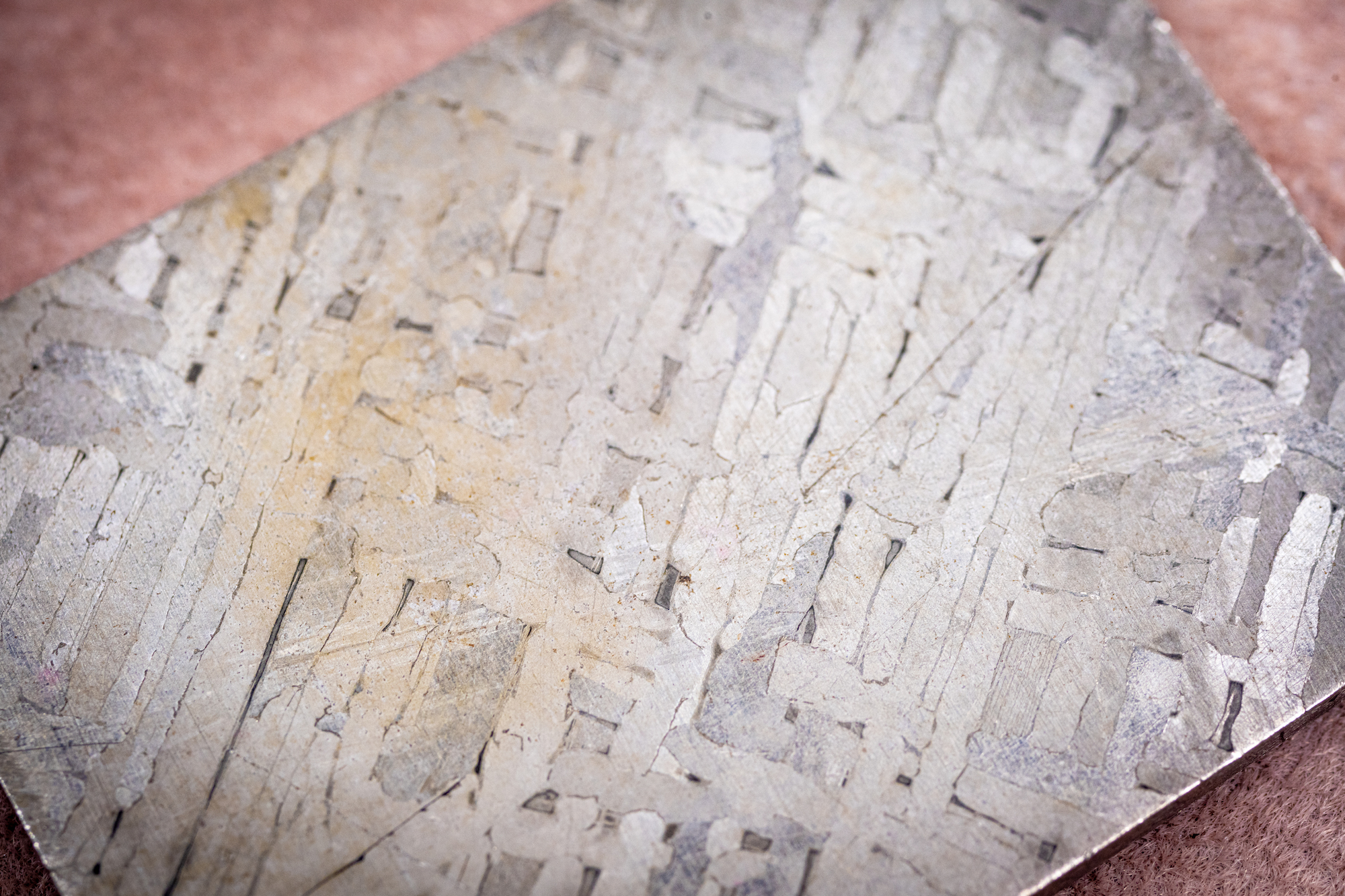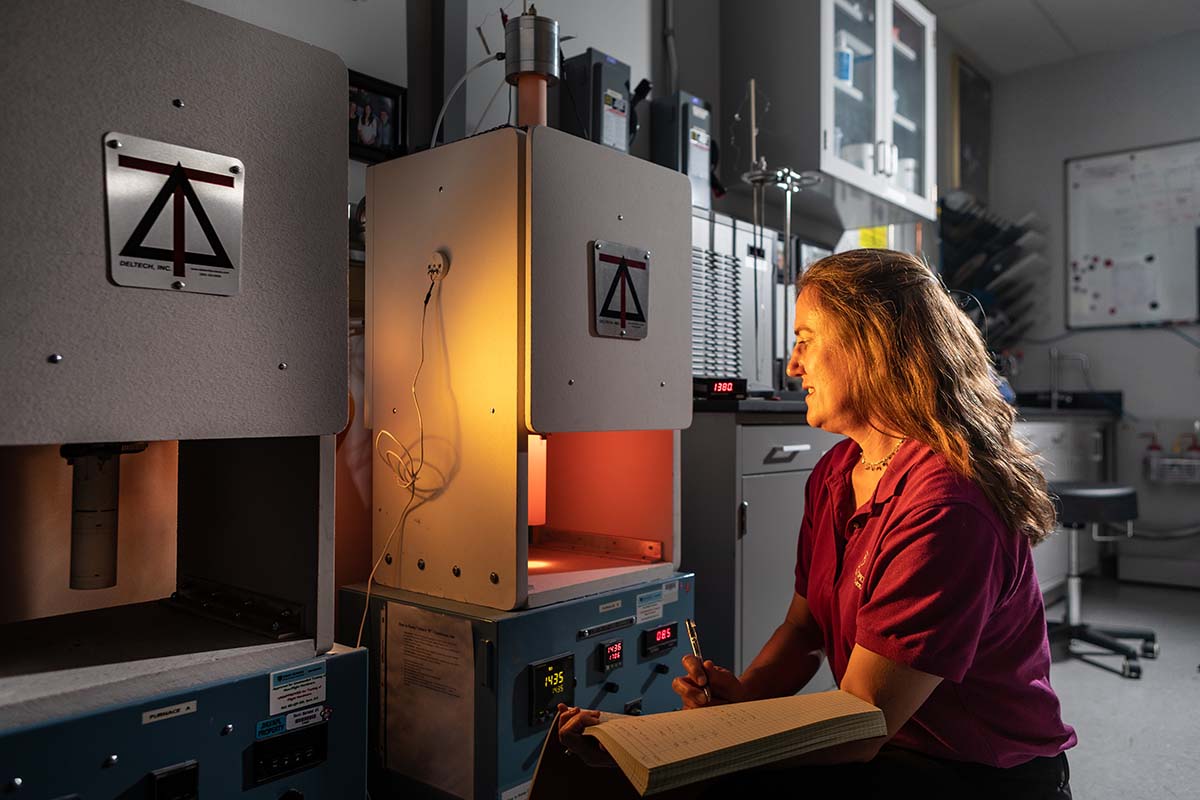News
Iron Meteorite ‘Fingerprints’ Reveal New Details About Planet Formation
A new study coauthored by planetary scientist Nancy Chabot from the Johns Hopkins Applied Physics Laboratory (APL) in Laurel, Maryland, reveals fresh details about the solar system’s ancient iron meteorites. The study, published Aug. 3 in Nature Geoscience, helps explain their distinct chemical differences from other meteorites and deepens our understanding of the solar system’s geochemistry during its infancy.
“This work helps us understand the geological processes that shaped planetary bodies when the planets were just forming,” said Peng Ni, a planetary scientist at the Carnegie Institution for Science in Washington, D.C., and the lead author on the study.
Planetary scientists have substantial evidence that most iron meteorites are fragments of long-gone planetary cores, blasted apart through violent collisions early in the solar system’s evolution.
Chabot, who is also the coordination lead of NASA’s Double Asteroid Redirection Test (DART) mission, has studied these meteorites for over two decades, running experiments in APL’s Meteorite Laboratory where she melts metal powders at roughly 1,600–2,700°F (900–1500°C) to simulate when a young planet’s core starts to cool into a partially liquid, partially solid ball of metal. She studies how various metals, such as iron, nickel and iridium, divvy up or “partition” between these liquid and solid states.
Ni and his colleague Anat Shahar at the Carnegie Institution for Science were interested in a new way to use Chabot’s experimental technique: seeing if iron isotopes — iron atoms with a different number of neutrons — also partition between liquid and solid, crystallized phases.
Researchers have noticed that iron meteorites have a heftier dose of heavy iron isotopes than their more common counterpart, chondritic meteorites, whose chemical composition is representative of the early solar system’s bulk chemical composition. Nobody was sure why that difference exists, but the team suspected the isotopes might split up much like the elements in Chabot’s experiments.
If so, scientists could deduce how iron meteorites — and thus planetary cores — ended up enriched with heavy isotopes of iron, as well as infer what part of the planetary core a meteorite likely came from.
“It’s like leaving a chemical fingerprint,” Chabot explained.

